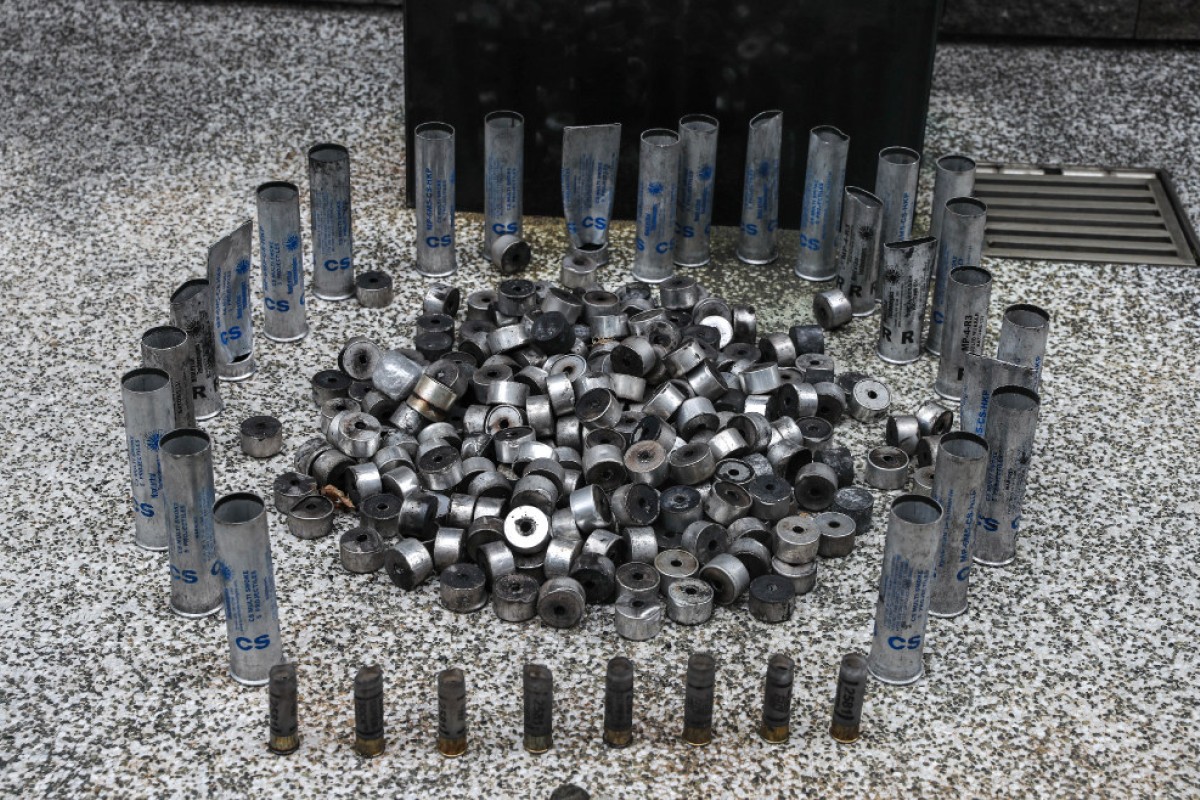
Hong Kong protests: News reporter diagnosed with chloracne after exposure to tear gas
Chan Yu-hong is experiencing symptoms which include cysts and pustules on the skin
 Tear gas canisters found during the clashes at the Chinese University of Hong Kong.
Tear gas canisters found during the clashes at the Chinese University of Hong Kong.A Hong Kong reporter has been diagnosed with chloracne, raising concerns over the overuse of tear gas by the police force.
Chan Yu-hong, a Stand News reporter, was diagnosed with the condition recently, according to a lengthy post which he wrote on Facebook.
Chloracne is an acne-like eruption of blackheads, cysts and pustules. It is associated with the exposure to dioxins and dibenzofurans, which are chemically-related compounds which are highly toxic, according to the World Health Organisation.
There's no denying that I should take good care of myself... But I don't have much fear," it read. He added that even if he retreated from the protest front lines right now, it still would not improve his health.
"What's more important is to... do what's crucial in my role [as a reporter]." Chan has been frequently reporting from the frontline of the protests since they began.
HK protests: What to do if hit with tear gas
More than 7,000 rounds of tear gas have been deployed by the police since the protests began in June. On Tuesday alone, the police fired 1,567 tear gas canisters at the Chinese University of Hong Kong, where clashes between protesters and the police lasted several hours.
Police confirmed last month that they are now using tear-gas canisters that were made by a manufacturer in mainland China, after US lawmakers introduced a bill to stop the sale of riot control equipment to Hong Kong in September.
Chan added that the protective gear that Stand News had provided was good enough. "It was just that the tear gas was too much and too concentrated," he said.
Despite the diagnosis, he would like to continue his job. "I am aware that if I don't feel well, I can just take leave," said Chan. "However, I've already told my manager to keep sending me to the frontline."